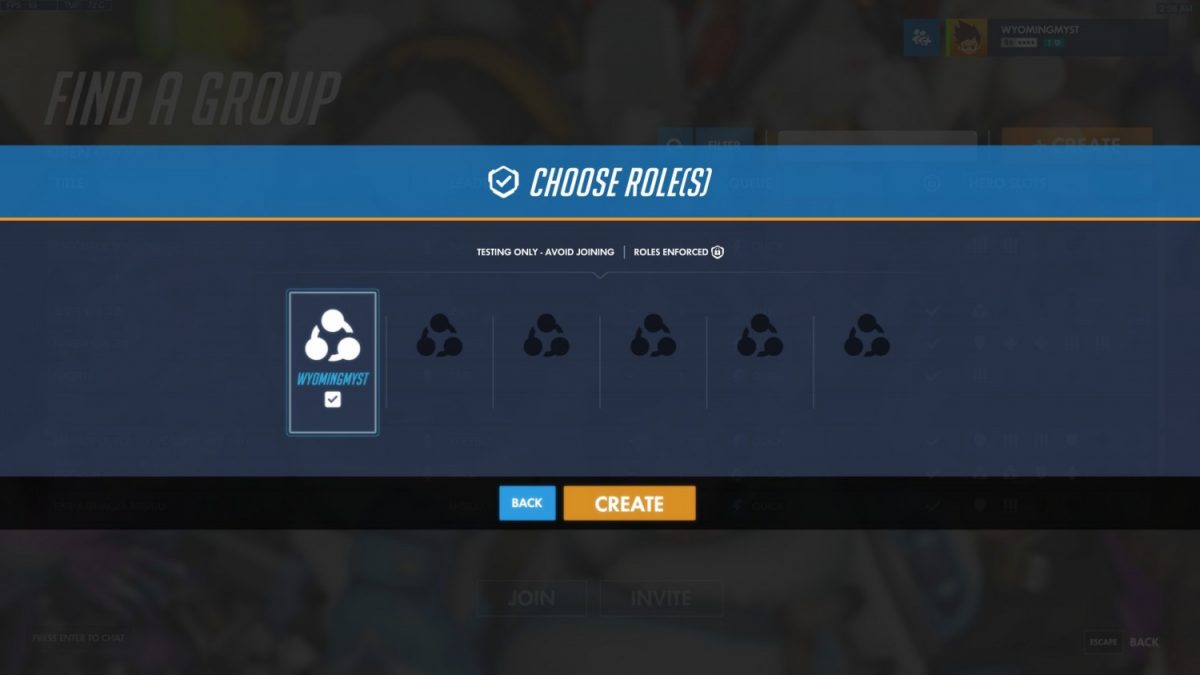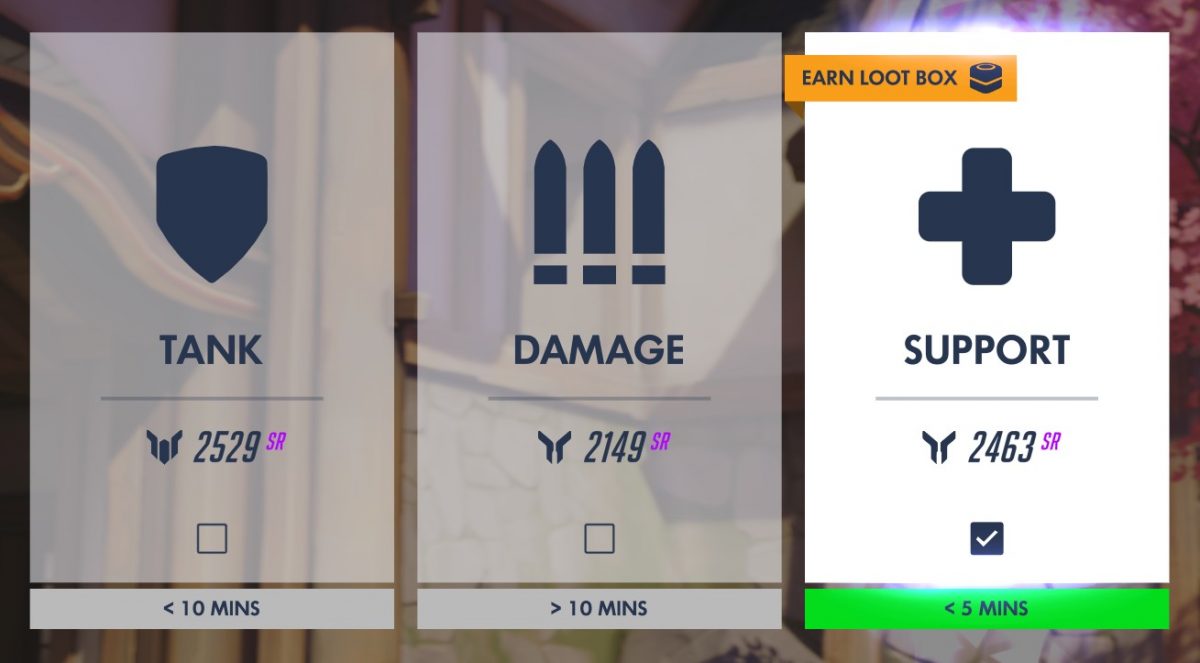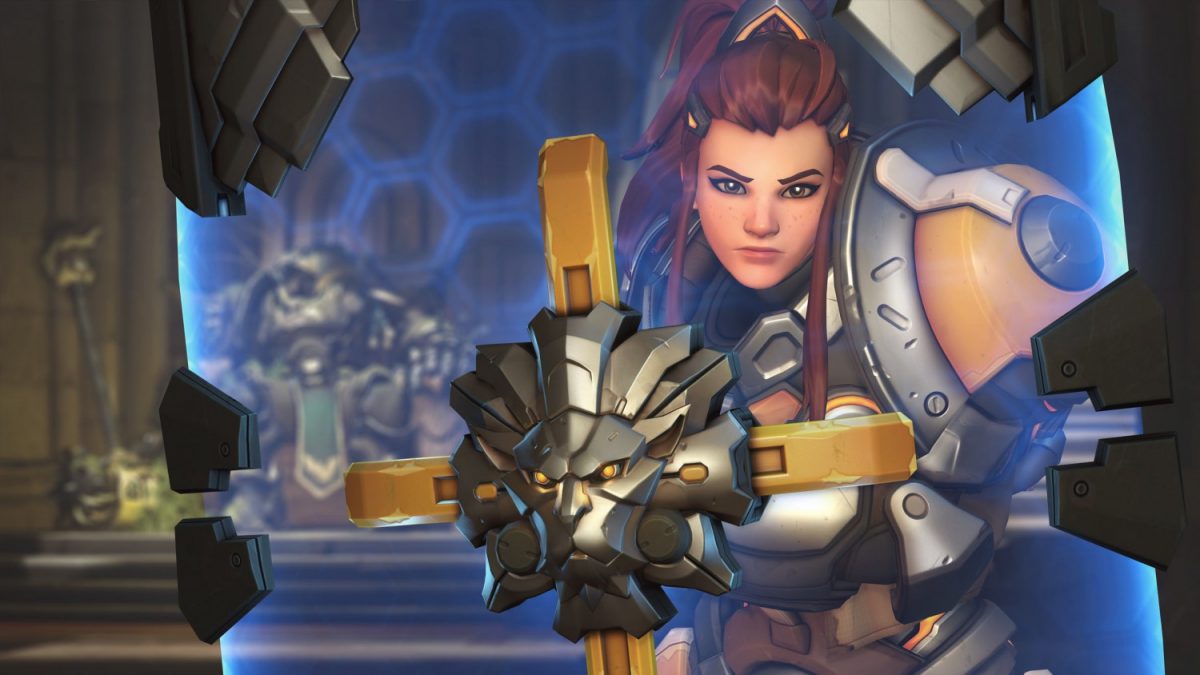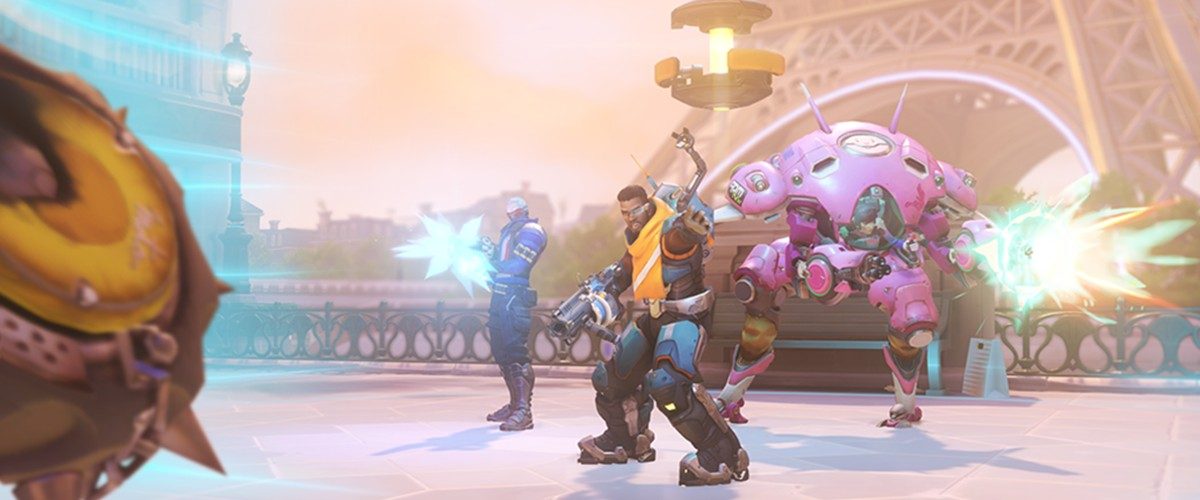Overwatch and its large hero pool means that there’s a lot of freedom for players to choose who they want to play, but sometimes, that can be more trouble than the game is worth. A five-DPS-one-healer comp comprising of flankers, snipers, and a poor Mercy? A no-tank team with scattered team members all around? Players who ask for healing but are out of reach, so they die and flame the healers in turn? We’ve all been there.
With the new Role Queue system, the above frustrations would no longer pose a problem to the matchmaking experience. Designed to help with team balance and composition, the feature sees players picking out their favoured team roles (damage, support, or tank) before heading into a match, and then picking a character from within the said role when the round starts.

It’s similar to the Looking For Group (LFG) mechanic, in that it requires players to fill for a selected role. Where Role Queue differs, however, is in having a fixed team formation of 2-2-2 (two DPS, two tanks, and two healers) at all times – the former, at the very least, does allow for varied compositions depending on the creator’s demands.
The new mechanic has already gone live on the public test realm (PTR) server on PC, and is slated for release as a beta from August 13 to September 1, 2019. While it’s only natural for Role Queue to be implemented into Competitive Play, it seems the Overwatch team has decided to bring it to Quick Play as well, which can be a little stifling – especially since team members can’t switch out of their current roles until the start of the next map and match.

Now that the roles have been split into three separate categories, the elements of Competitive Play have been adjusted to fit into the new frame work. Instead of being awarded with a 30 Skill Rating (SR) increase for a victory as per the current system, queuing up for a high-demand role will yield greater incentives. Players can also say goodbye to having one SR indicator, as the game is bound to welcome four separate ranking in total: one for each role, and another for combined average.
Proficiency in the damage, tank, and support roles is highlighted in the same way, with seven tier ratings (Bronze, Silver, Gold, Platinum, Diamond, Master, and Grandmaster) ranging from a SR count of 1 to 5,000. Of course, that would mean there will now be four standalone Top 500 Leaderboards, too.

Placement matches, meanwhile, come with a new catch in tow – where the current system allocates a SR based on the number of victories across 10 matches, the Role Queue feature requires players to complete five of them from each role (so 15 in total) for a combined average, alongside completion rewards of a special spray and season-specific player icon.
The change’s been a long time coming. Between player toxicity due to poor plays and the frustration of not being able to play in a well-balanced team, the Role Queue mechanic appears to be more advantageous than not, although there are some fundamental concerns over its implementations. For one, the restriction on hero loadouts means players will no longer be able to swap from one role to another one mid-game, which was one of the main appeals of Overwatch in the first place.

Strategy-wise, having a 2-2-2 role lock would cause distress among members if those in the assigned roles aren’t doing a good enough job, and there are actually flex players in the team who can do better in more than one of the categories. Imagine a Reaper or Doomfist going up against an enemy Pharmercy (Pharah-Mercy), but not switching out because the players can’t play hit-scan heroes. Yeah.
Teams can also expect a lot more Bunker (Bastion, Mercy, Baptiste, Orisa, Roadhog, Widowmaker, or the equivalent of) and Dive (D.Va, Winston, Genji, Tracer, Lucio, Ana/Zenyatta) compositions across the tiers. Queue times are bound to be longer as well.
Despite its flaws, the Role Queue system is still a welcome change, and serves as a show of the team’s commitment to continue improving the game. It may not be the most effective or the most logical, but at least they are trying to bring an improved gameplay experience for the community.

Accompanying the new feature would be some hero changes, including making Brigette a more viable healer, increased reload time for Ashe, and reduced knockback for Reinhardt, alongside a new arcade mode called Quick Play Classic. Further details about Role Queue and patch notes may be found over at the official Overwatch website and the BlizzTrack blog.













